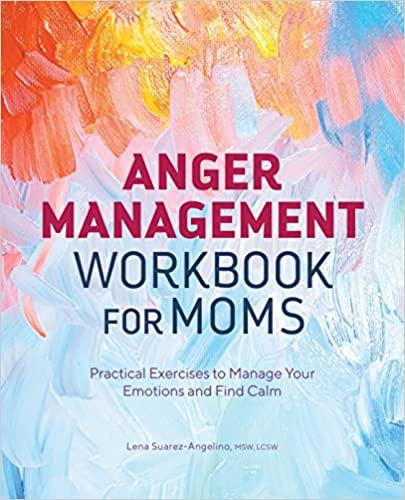Question
Seneca Hill Winery recently purchased land for the purpose of establishing a new vineyard. Management is considering two varieties of white grapes for the new
Seneca Hill Winery recently purchased land for the purpose of establishing a new vineyard. Management is considering two varieties of white grapes for the new vineyard: Chardonnay and Riesling. The Chardonnay grapes would be used to produce a dry Chardonnay wine, and the Riesling grapes would be used to produce a semidry Riesling wine. It takes approximately four years from the time of planting before new grapes can be harvested. This length of time creates a great deal of uncertainty concerning future demand and makes the decision concerning the type of grapes to plant difficult. Three possibilities are being considered: Chardonnay grapes only; Riesling grapes only; and both Chardonnay and Riesling grapes. Seneca management decided that for planning purposes it would be adequate to consider only two demand possibilities for each type of wine: strong or weak. With two possibilities for each type of wine it was necessary to assess four probabilities. With the help of some forecasts in industry publications management made the following probability assessments.
| Chardonnay Demand | Riesling Demand | |
|---|---|---|
| Weak | Strong | |
| Weak | 0.05 | 0.50 |
| Strong | 0.25 | 0.20 |
Revenue projections show an annual contribution to profit of $10,000 if Seneca Hill only plants Chardonnay grapes and demand is weak for Chardonnay wine, and $60,000 if the company only plants Chardonnay grapes and demand is strong for Chardonnay wine. If Seneca Hill only plants Riesling grapes, the annual profit projection is $15,000 if demand is weak for Riesling grapes and $35,000 if demand is strong for Riesling grapes. If Seneca plants both types of grapes, the annual profit projections are as shown in the following table.
| Chardonnay Demand | Riesling Demand | |
|---|---|---|
| Weak | Strong | |
| Weak | $12,000 | $30,000 |
| Strong | $16,000 | $50,000 |
(a) What is the decision to be made, what is the chance event, and what is the consequence?
The decision to be made is ________ (demand for the wine, the expected annual profit contribution, to choose what type of grapes to plant). The chance event is ________ (demand for the wine, the expected annual profit contribution, to choose what type of grapes to plant). The consequence is _________ (demand for the wine, the expected annual profit contribution, to choose what type of grapes to plant).
Identify the alternatives for the decisions and the possible outcomes for the chance events.
The alternatives for the decisions are ______ (Chardonnay and Riesling (option 1), Chardonnay or Riesling (option 2), Chardonnay, Riesling, and both (option 3)). The possible outcomes for the chance events are ---Select--- (W,W), (S,S) or (W,S), (S,W) or (W,W), (W,S), (S,S) or (W,W), (W,S), (S,W), (S,S) .
(b) Use the expected value approach to recommend which alternative Seneca Hill Winery should follow in order to maximize expected annual profit.
EV(Plant Chardonnay) ____________
EV(Plant both grapes)___________
EV(Plant Riesling)______________
The best decision is to plant ---Select--- (Chardonnay, Riesling, both grapes).
(c) Suppose management is concerned about the probability assessments when demand for Chardonnay wine is strong. Some believe it is likely for Riesling demand to also be strong in this case. Suppose the probability of strong demand for Chardonnay and weak demand for Riesling is 0.05 and that the probability of strong demand for Chardonnay and strong demand for Riesling is 0.40. How does this change the recommended decision? Assume that the probabilities when Chardonnay demand is weak are still 0.05 and 0.50.
EV(Plant Chardonnay)__________
EV(Plant both grapes)____________
EV(Plant Riesling)______________
The best decision is to plant ---Select--- (Chardonnay, Riesling, both grapes).
(d) Other members of the management team expect the Chardonnay market to become saturated at some point in the future, causing a fall in prices. Suppose that the annual profit projections fall to $50,000 when demand for Chardonnay is strong and Chardonnay grapes only are planted. Using the original probability assessments, determine how this change would affect the optimal decision.
EV(Plant Chardonnay)__________
EV(Plant both grapes)____________
EV(Plant Riesling)______________
The best decision is to plant ---Select--- (Chardonnay, Riesling, both grapes).
Step by Step Solution
There are 3 Steps involved in it
Step: 1

Get Instant Access to Expert-Tailored Solutions
See step-by-step solutions with expert insights and AI powered tools for academic success
Step: 2

Step: 3

Ace Your Homework with AI
Get the answers you need in no time with our AI-driven, step-by-step assistance
Get Started


